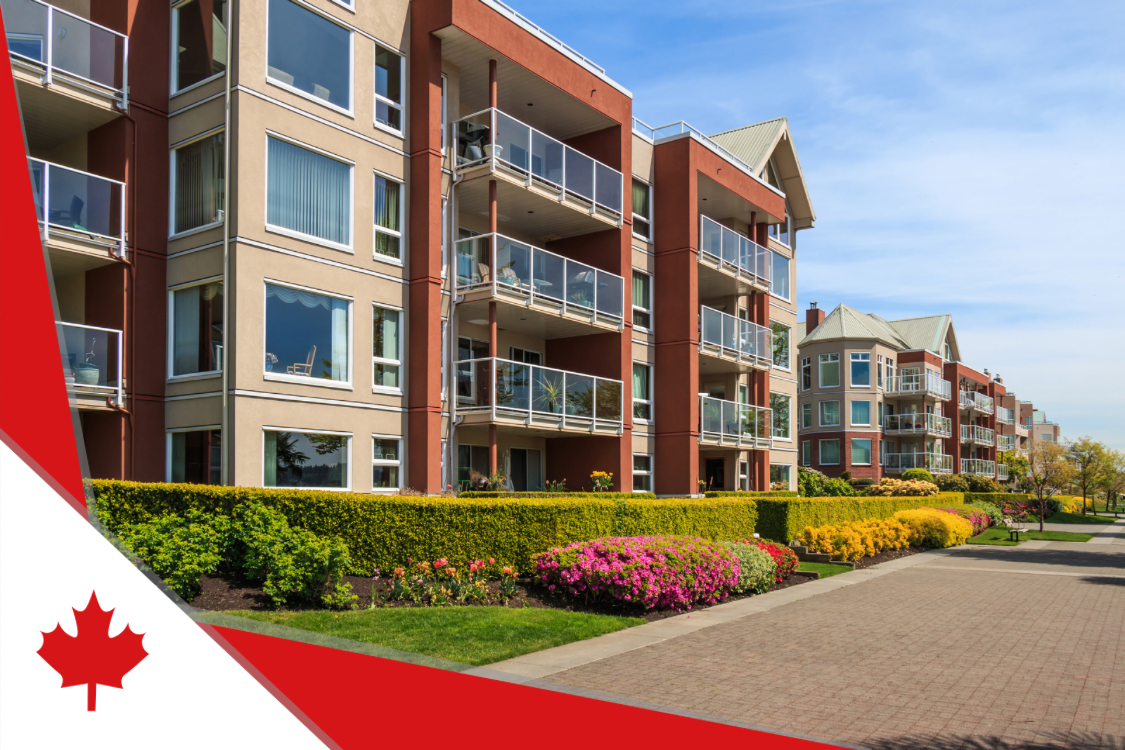“House hunting in a new country is a bit like dating: you look at many until one feels just right — and you must avoid the ones catfishing you.”
Okay, maybe I’m mixing metaphors, but the principle holds: finding a good, affordable place takes patience, research, and smart strategy. Below is a structured guide to help you land a home (or at least a decent room) where your wallet doesn’t cry.
Why it’s tricky (but doable)
Before we dig into the “how,” here’s why newcomers often find housing daunting:
-
No Canadian credit history — many landlords ask for credit checks or references.
-
High competition in major cities — vacancy rates are low, especially in Toronto, Vancouver, etc.
-
Hidden costs & utilities — a rent that looks “cheap” might exclude heat, electricity, water, or internet.
-
Different tenancy laws by province — what’s allowed in Ontario may not be allowed in Alberta or BC.
-
Risk of scams — especially when looking online from abroad.
That said: many newcomers succeed every year. Let’s make you one of them.
Step-by-step: Your Newcomer Housing Game Plan
Here’s how to go from “I just landed” to “I have a place I can live and not go broke.”
| Step | What to Do | Why It Helps / Tips |
|---|---|---|
| 1. Start with temporary housing | Use short-term rentals (Airbnb, month-to-month leases, hostels, staying with friends) | Gives you breathing room to scout neighbourhoods, visit places in person, avoid rushed decisions. |
| 2. Pick a city/neighbourhood wisely | Consider transit, commute to jobs, schools, grocery access — even if that means compromising on “prestige” | A slightly farther suburb might save you a lot in monthly rent. |
| 3. Research local rental markets & prices | Use websites, classifieds, apps; check similar units for size, amenities, and price | Helps you spot overpricing or bargain deals. |
| 4. Use newcomer-friendly listing platforms / supports | Platforms like Rentals for Newcomers (which connect you with landlords open to newcomers); also local settlement agencies (Newcomer services on Canada.ca) | |
| 5. Leverage shared housing / roommates / co-ops | Splitting rent or choosing co-op housing lowers cost per person | Co-ops often have lower-than-market rents and sometimes require member participation. |
| 6. Use a guarantor, co-signer or larger deposit if needed | If you don’t have credit history, offering a co-signer (someone with good credit) or paying more upfront can strengthen your application | |
| 7. Visit potential rentals in person (or virtually) & inspect carefully | Check condition, plumbing, heating, safety, neighbourhood vibe | A live (or video) walkthrough helps you spot red flags. |
| 8. Understand your lease and legal rights | Read the lease carefully: term, rent increases, what’s included, rules about subletting | Know your rights under your province’s Residential Tenancies Act. |
| 9. Budget for all costs | Rent + utilities + internet + tenant insurance + moving costs (and sometimes extra deposit) | Many rentals don’t include utilities — factor them in. |
| 10. Apply smartly and be persistent | Submit complete applications quickly (with supporting docs) | Good documents and speed increase your chances. |
Quick Tips & Pro Tricks (aka the little hacks that save money or headaches)
-
Look “off-peak” or during fall/winter — fewer people move in those seasons, so landlords might be more flexible.
-
Check local “For Rent” signs — sometimes landlords don’t post online but put signs in windows.
-
Be your own “guarantor” — offer postdated cheques or larger deposits if reasonable.
-
Use social media & community groups — Facebook housing groups, community centers, newcomer forums.
-
Watch for red flags / scams — e.g. landlord asks for money before showing the unit, doesn’t meet in person, says “rent is below market, so hurry!”
-
Be flexible on amenities — skip extras like in-unit laundry or premium finishes if they hike cost too much.
-
Negotiate — sometimes landlords will lower rent a little for longer leases or earlier move-in.
-
Apply to subsidized or assisted housing (if you qualify) — for low-income newcomers, some provincial / municipal programs offer subsidized housing.
-
Co-op housing — nonprofits or cooperatives where tenants are also members might have lower rent.
What Documents Will Landlords Ask For?
As a newcomer, you may not have everything a “regular” applicant has. But you can still present a strong case.
| Document | Purpose / Use | Alternative if You Don’t Have It |
|---|---|---|
| Proof of income / employment or job offer letter | Shows you can pay rent | Bank statements, proof of savings, or guarantee |
| References from previous landlords | Shows you’re reliable | Personal references or character references |
| Credit history report | Standard check for tenant | Foreign credit report or letter from your previous bank |
| Valid ID (passport, PR card, etc.) | Confirms identity | Any government-issued ID plus immigration documents |
| Larger security deposit or postdated cheques | Mitigates risk for the landlord | Offer extra months’ rent or co-signer |
Tip: Explain your newcomer status in your cover letter — letting landlords know you’re serious and backed by funds / stability sometimes softens strict requirements.
When Plans Don’t Work: Alternate Housing Options
If you’re struggling, consider:
-
Subsidized / community housing — managed by municipal or provincial bodies, with income-based rents.
-
Emergency housing / shelters — only for extreme cases; usually not long-term.
-
Co-living / shared homes — rent a room in someone’s house.
-
Student housing (if eligible) — sometimes cheaper than market rent.
-
Rural or secondary cities — smaller places often have much lower rents, though trade-offs in job opportunities.
The True Cost of Renting: Budget vs. Reality Check
Here’s a sample breakdown to help you see how much you should plan for:
| Item | Affordable Estimate | Market Expectation |
|---|---|---|
| 1-bedroom apartment (outer suburb) | CAD $1,200 – $1,400 / month | $1,600 – $2,200+ in central areas |
| Utilities & internet | $100 – $200 | $200 – $300+ if not included |
| Security deposit / last month’s rent | 1 month rent | Sometimes 1.5 or 2 months in tight markets |
| Tenant insurance | ~$15 – $30 / month | Optional but strongly recommended |
| Moving costs / essentials | $200 – $500 (one-time) | Depends on distance & size |
(These are ballpark figures; your city could be higher or lower.)
Patience + Preparedness
Looking for affordable housing as a newcomer in Canada is rarely “easy,” but it doesn’t need to be a nightmare. The keys are:
-
Start temporary, take your time, scout neighborhoods
-
Be honest and thorough in your applications
-
Use every tool / support system available to newcomers
-
Don’t be afraid to negotiate or compromise a little
And always, always double-check before you pay: meet in person (or live video), verify landlord identity, read the lease. If something feels off — it probably is.
Ready to Make Canada Home?
Finding affordable housing as a newcomer in Canada might feel like solving a puzzle — but remember, you don’t have to do it alone. With the right information, realistic expectations, and a little patience, you’ll find a place that feels like home (and doesn’t empty your wallet every month).
And once that key turns in your new front door — it’s one more sign that your Canadian dream is taking shape.
Need Help with Your Canadian Immigration Process?
Whether you’re applying for a visitor visa, submitting a work permit or visa application, creating an Expression of Interest (EOI), setting up an Express Entry or Provincial Nomination profile, preparing your application after receiving an Invitation to Apply (ITA), or simply want a professional review of your self-prepared application, we’re here to assist you.
📅 Schedule a consultation or contact us at:
📧 info@eseumohimmigration.com


